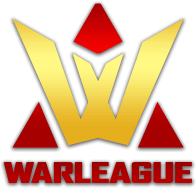
sign up

free warleague plus membership
Win one of 9 sets on release
-and-
-and-
- exclusive acces to member area with free digital content -
- secure members only deals -
- access to guide, wiki & special events -
If you already have an account
This site is protected by reCAPTCHA and the Google
Privacy Policy and
Terms of Service apply.




